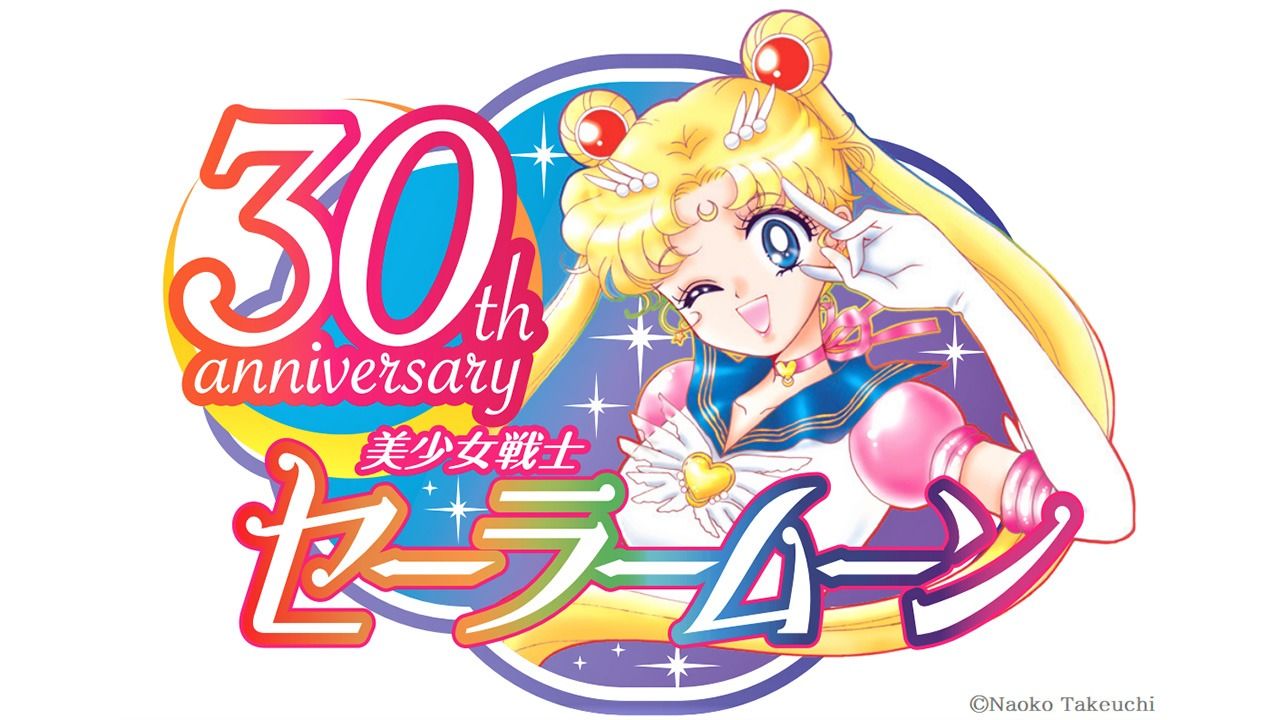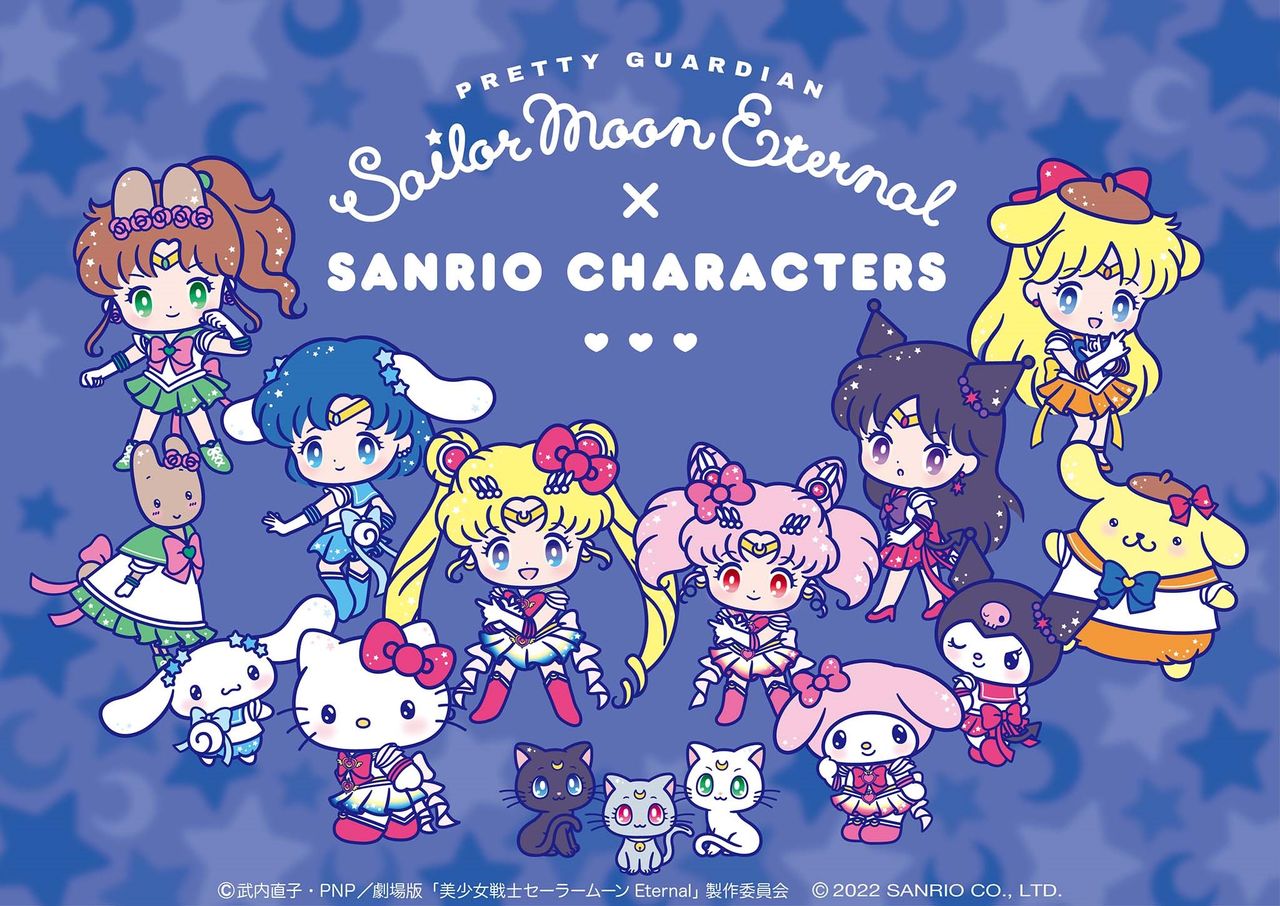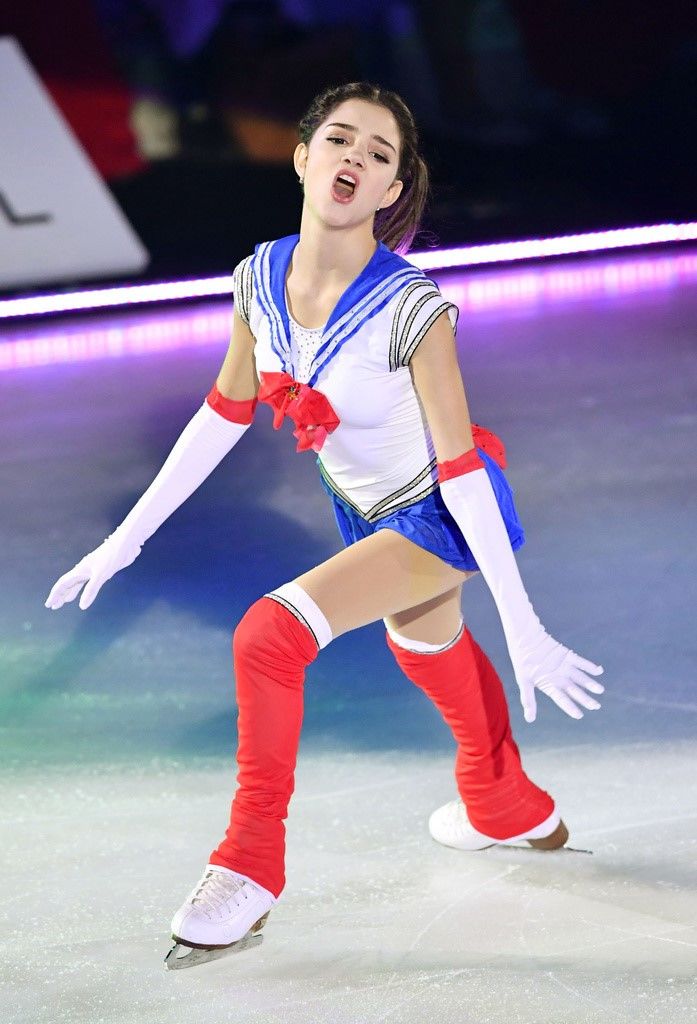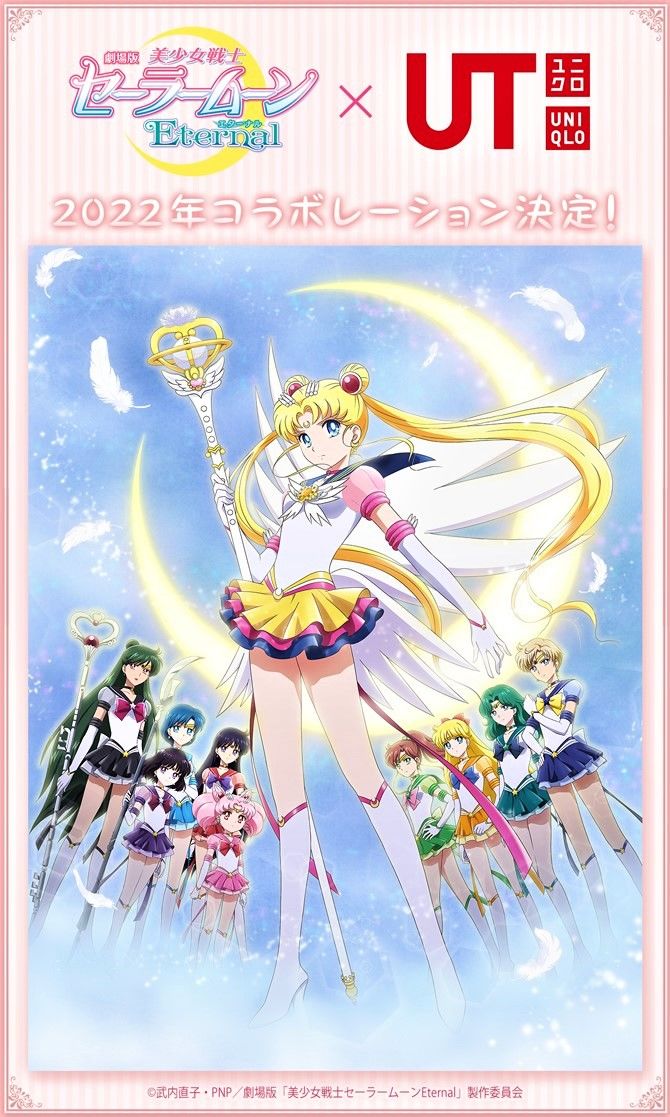
Manga and Anime in Japan Today
“Sailor Moon” at 30: A Groundbreaking Series on an Interstellar Scale
Culture Manga Anime- English
- 日本語
- 简体字
- 繁體字
- Français
- Español
- العربية
- Русский
A Milestone Work
This year, 2022, marks the thirtieth anniversary of the legend of the moon princess.
Takeuchi Naoko’s groundbreaking work Bishōjo senshi Sērā Mūn—commonly known as Sailor Moon—began serialization in Kōdansha’s monthly girls’ manga magazine Nakayoshi in the February 1992 issue, which went on sale at the end of December 1991. The Tōei-produced television animation then premiered in March 1992.
This timing shows that Sailor Moon did not follow the classic path of a hit manga being adapted to anime as its market expanded. The anime version was planned around Takeuchi’s previous work Kōdonēmu ha sērā V (Codename: Sailor V), and shared many of the production organizations and staff of the ongoing manga. This meant that Takeuchi wrote out the anime story far in advance of the manga serial.
The year serialization began, 1991, was the year that the Soviet Union fell and the Gulf War took place. It is also when Japan’s bubble economy burst, leading to the so-called “lost decades” that still afflict Japan today. To borrow the words of economist Robert Reich, who served as Secretary of Labor under the Bill Clinton administration from 1992, the “not quite Golden Age” of the twentieth century came to an end. Sailor Moon was born at the dawn of a new age and has been loved through all the turbulent years since.
The protagonist is 14-year-old Tsukino Usagi. Her father is a regular businessman, and her mother a homemaker, making her part of a highly typical family of the time. She is not a good student, nor particularly good at sports. Indeed, she is a clumsy crybaby. Her character is always easygoing, like any normal junior high schooler.
One day, she meets a black cat who can speak and learns that she is in fact a Sailor Guardian, a warrior fighting for the cause of love and justice. Her destiny is rooted in the ancient Moon Kingdom, and the story evolves into a sweeping saga about love and reincarnation involving Tsukino and the young man Chiba Mamoru, aka Tuxedo Mask. The fight that Tsukino and her friends face eventually reaches an interstellar scale.
Up to then, shōjo manga for girls tended to be romantic comedies set at school, while action remained the main battlefield for characters aimed at boys.
Toy manufacturer Bandai eventually became the anime’s main sponsor. Although Takeuchi’s previous work Code Name: Sailor V had ranked high in magazine popularity surveys, the company was not convinced that this new series would be a hit.
The anime, primarily headed up by younger staff members, did not initially achieve good ratings, and tie-in merchandise was slow to sell. However, this changed once viewers found out that Tsukino was actually a princess from the moon. As the story advanced and expanded in scale, the wave of popularity exploded.

This tie-in between the movie Sailor Moon Eternal and Sanrio Characters is one of many projects in this landmark year. (© Takeuchi Naoko & PNP; Sailor Moon Eternal film production committee; © 2022 SANRIO Co., Ltd.)
Sailor Moon soon became one of the world’s most popular franchises. It set a new record for a shōjo manga first edition, topping 1 million to sell 1.3 million copies. At the start of the manga’s magazine run, Nakayoshi had a circulation of 800,000 copies, but in 1993 that more than doubled to 2 million.
Beyond the manga, there was a boom in merchandise including toys like replica Moon Stick wands and dolls, as well as snacks, clothing, and more. Merchandising expanded to annual sales of some ¥200 million, and by the end of the financial year in March 1995, primary sponsor Bandai had sold more tie-in products than even the company could keep track of.
Transcending Gender, Generation, and Nationality
Japanese shōjo manga had reached an extremely high level of expression in the 1970s, and many works already featured diverse elements like science fiction and the occult. The author Takeuchi had been a fan of works by the shinkankakuha (new sensation) literary movement of manga artists like Hagio Moto, Takemiya Keiko, and Ōshima Yumiko. She also read shōnen manga for boys. There seems to be some influence from Matsumoto Reiji’s Uchū senkan Yamato (Space Battleship Yamato) on Sailor Moon. And Takeuchi apparently read enthusiastically across genres.
With this background, Takeuchi soon won fans irrespective of gender. Manga artist Satonaka Michiko described Takeuchi at the time as “the standard-bearer of unisex sensibility,” and attendees at Sailor Moon events usually included older male fans as well as children.
The fan demographic known as otaku didn’t reach common awareness and attention until the popularity of Neon Genesis Evangelion, which also happened to feature Tsukino Usagi’s voice actress Mitsuishi Kotono in a lead role. It is likely that older male fans of the time felt somewhat self-conscious, but rather than being the targets of “punishments in the name of the moon” at Sailor Moon events they became known as “big” friends.
Sailor Moon broke through international borders as well as gender barriers. The anime has been popular internationally since its first broadcast, and even today celebrities like Billie Eilish, Ariana Grande, and figure skater Evgenia Medvedeva are public in their fandom.

Evgenia Medvedeva offers a passionate Sailor Moon performance at the Dreams on Ice figure skating exhibition in Nagaoka, Niigata Prefecture, in July 2016. (© Kyōdō)
Notably, in Italy, Sailor Moon became so famous that in the summer of 1995 the national railroad system adopted her as a poster character. This popularity also caused controversy, with some psychologists claiming that watching the anime could cause girls to become lesbians and boys to be feminized. Such prejudices were labeled as ridiculous even at the time.
When the anime aired in North America, it became a franchise to rival the earlier massive hit Power Rangers. Naturally, Sailor Moon popularity grew in Asia as well, and in Hong Kong’s already existing anime shops, the fanbase spread among high school students.
With girls as full-fledged heroes, the brand also received attention in feminist circles. On its first airing, though, many looked critically on the role of Tuxedo Mask, saying that it supported the message that girls cannot achieve their goals without the help of a man. However, by the time serialization and the anime series were finished in 1997, researchers into the “anime generation” began to take the view that it had challenged traditional views held by fans raised on stories where all those risking their lives to save the world were men.
Diverse Worldviews
So, how has Sailor Moon grown to be such an important work? It is commonly said to possess all of the elements that make for hit entertainment. Sailor Moon has elements of sentai fighting team stories, fantasy tropes of ancient kingdoms and reincarnation, science fictional space warfare, stories of school life, and forbidden love like in Romeo and Juliet. The anime version even has “Boys’ Love” genre elements.

Fast-fashion brand Uniqlo has announced tie-ins with its T-shirt brand Uniqlo UT. Designs and sale dates have yet to be announced. (© Takeuchi Naoko & PNP; Sailor Moon Eternal film production committee)
However, while Sailor Moon was certainly ideally built for marketability, there is more to it than that. At its heart is a powerful sense of authorship. Far beyond any theories of market analysis, Takeuchi created a world of beauty and emotion.
In folklorist Yanagida Kunio’s book Imo no chikara (The Power of Sisters), he argues that Japan had an ancient tradition of valuing women and viewing them as having spiritual powers. Of course, this is not limited to Japan. Similar archetypes can be seen in France with Joan of Arc or the veneration of St. Catherine in Italy.
The world of Sailor Moon has deep roots that connect to these archetypes, as well as elements perfect for colorful, popular merchandising. Thus, it has remained both an artistic creation and a corporate product. It could be called the miraculous result of the ultimate in Japanese character expression.
In Japan’s entertainment world, it is commonly said that fighting women get popular in times of recession. It may be that when an existing system starts to stagnate, a new version of “the power of sisters” becomes an appealing way to break through the status quo.
Sailor Moon emerged at the beginning of Japan’s great recession, which was a time when the whole world began to feel the limits of twentieth-century systems, and people started looking for a new order to replace them. The reason these warriors harboring the moon’s secrets have been loved for 30 years is surely because fans have felt their power to help weave a new world.
(Originally published in Japanese on March 3, 2022. Banner photo: The main logo for the Sailor Moon 30th Anniversary Project. © Naoko Takeuchi.)